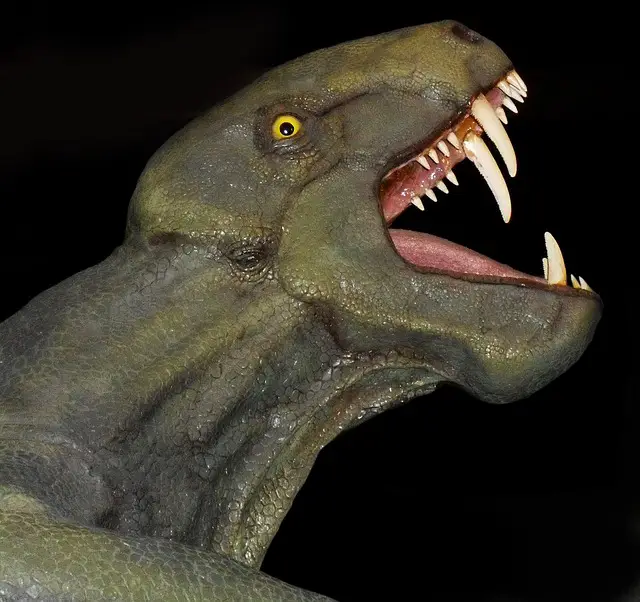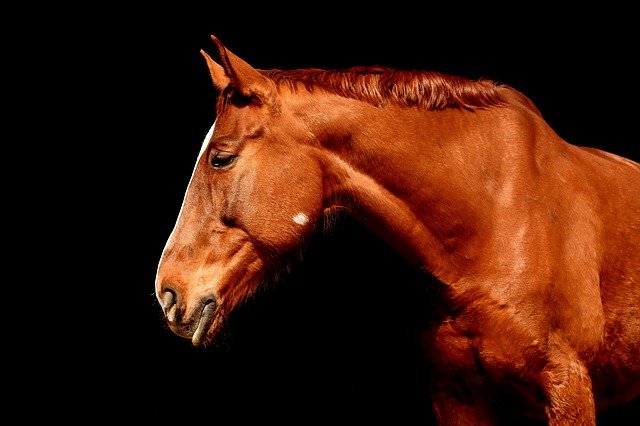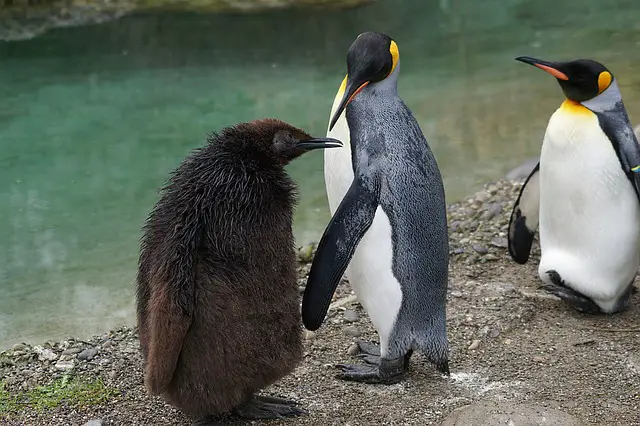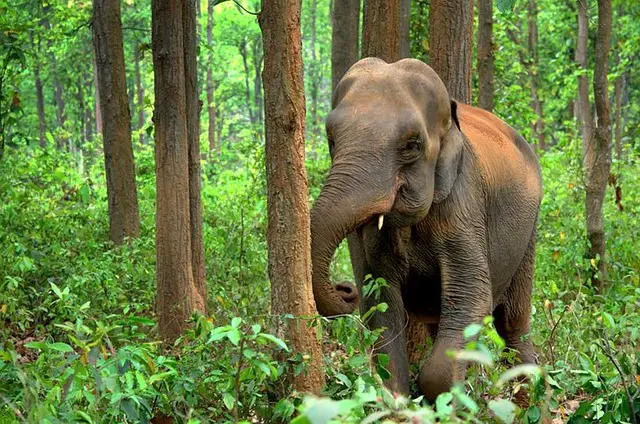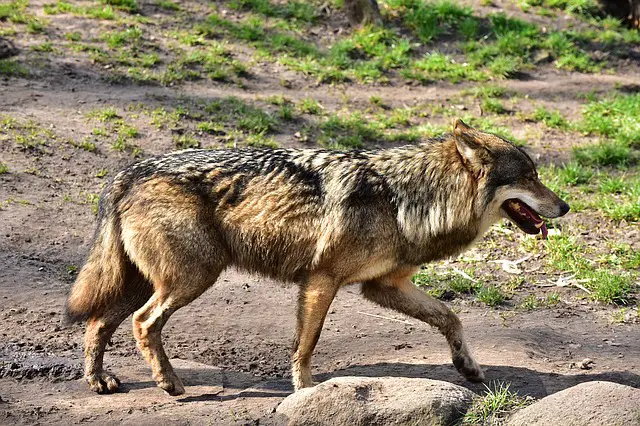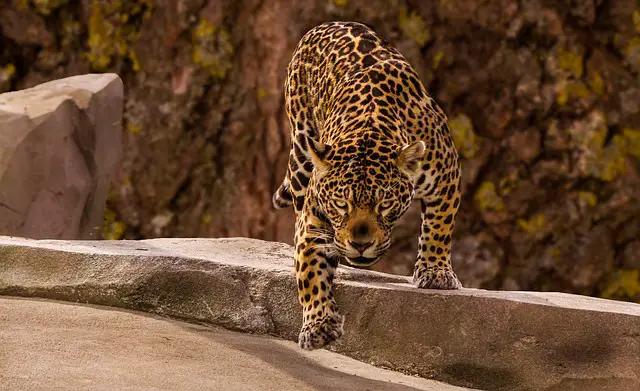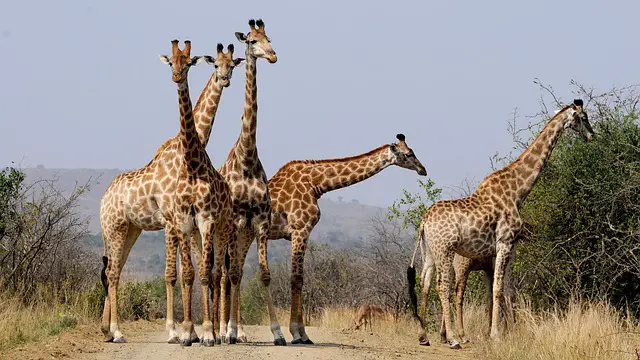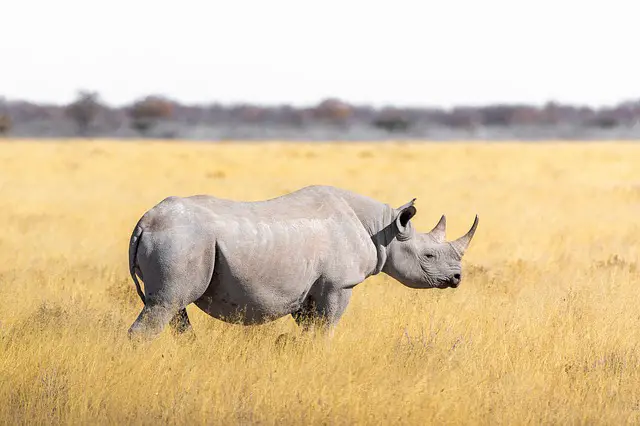
Taking Care of Horses: Useful Tips From the Experts
Are you a horse owner looking for tips and advice on how to take care of your horses? You’ve come to the right place. Caring for horses is no easy task. It requires commitment, dedication, and lots of hard work. But with the help of expert advice from experienced horse…


